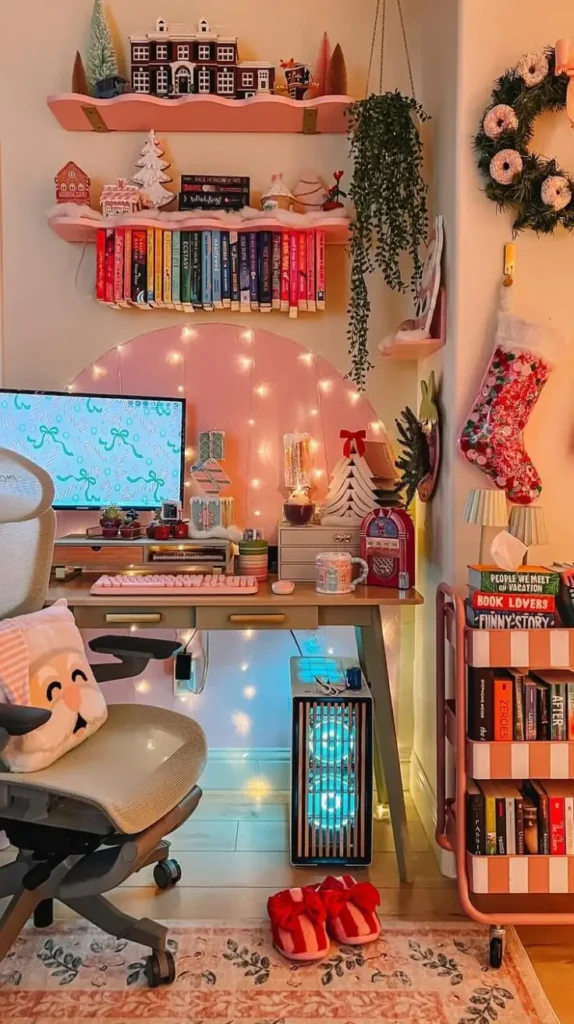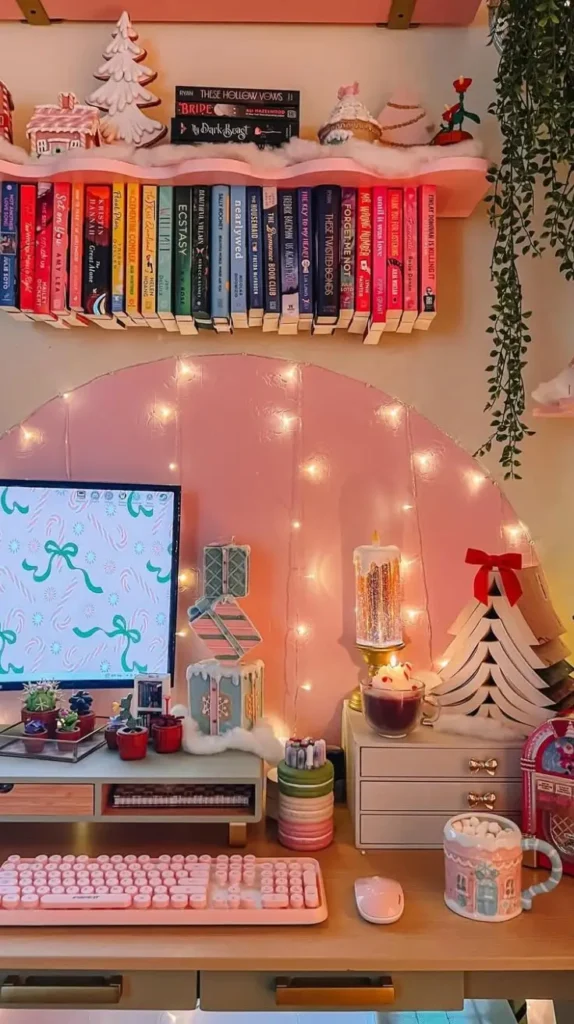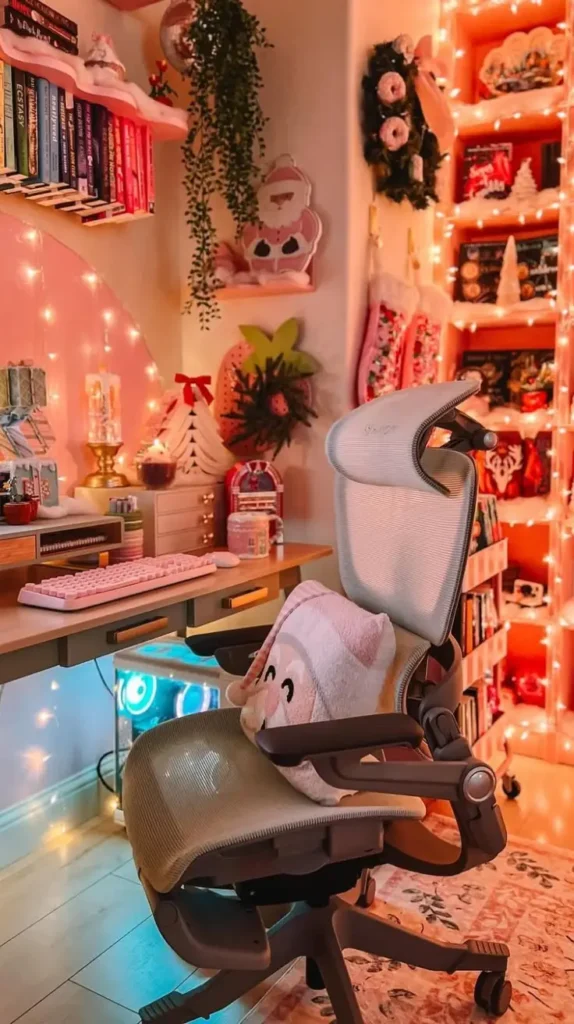Stepping into a room that feels like a warm embrace, a sanctuary where hobbies come alive. A hobby room isn’t just a space, it’s a canvas for creativity, a haven for passions. Whether painting, gaming, crafting, or playing music, designing a hobby room that sparks joy can change how free time is spent. Ready to explore hobby room design ideas that inspire a dream space? Let’s dive into crafting a room as unique as its owner.
Why Hobby Room Design Matters
A well designed hobby room does more than store supplies. It sets the mood, boosts productivity, and makes every moment special. Imagine a cluttered corner versus a thoughtfully organized space with vibrant colors and cozy lighting. Which invites longer stays? A hobby room design tailored to specific needs turns mundane tasks into joyful rituals. From scrapbooking to woodworking, the right setup makes all the difference.
Where to begin? These ideas blend functionality, aesthetics, and personality. The 12 hobby room design tips below create a space that feels like home, no matter the skill level or budget. Curious about the first step? Let’s jump in.
1. Define the Hobby Room’s Purpose

Before choosing paint or furniture, clarify the room’s purpose. A hobby room design starts with intention. Is it for quilting, needing a large cutting table? Gaming, craving immersive lighting? Or yoga, dreaming of a serene retreat? Each hobby demands a unique setup.
For instance, a pottery enthusiast transformed a spare bedroom into a mini studio with a sturdy workbench and easy to clean floors. The result? A purposeful, inviting space. List must haves storage, lighting, or a comfy chair and build the hobby room design around them. Wondering how to balance function and style? Keep reading.
2. Choose a Color Palette That Inspires
Colors shape emotions, and in a hobby room, they ignite creativity. A vibrant hobby room design might feature bold reds or sunny yellows for high energy hobbies like painting or dancing. For calmer pursuits like reading or knitting, soft blues or earthy greens create a soothing vibe.
A writer’s hobby room painted in deep navy with gold accents feels like a cozy library. Experiment with accent walls or decals for bold choices without commitment. Add pops of color through rugs, curtains, or storage bins for a flexible hobby room design.
3. Light Up the Hobby Room Design
Source – theintrovertedition
Lighting can make or break a hobby room. Natural light floods a space with warmth, ideal for detailed tasks like jewelry making or sketching. But don’t rely on windows alone layer lighting for versatility. Overhead lights keep things bright, while task lamps focus on specific areas. Fairy lights or LED strips add whimsy.
A craft room with dimmable lights switches between bright task lighting and a cozy glow for late night brainstorming. A well lit hobby room design keeps energy and focus high. Curious about storage solutions that maximize space?
4. Smart Storage for a Clutter Free Hobby Room
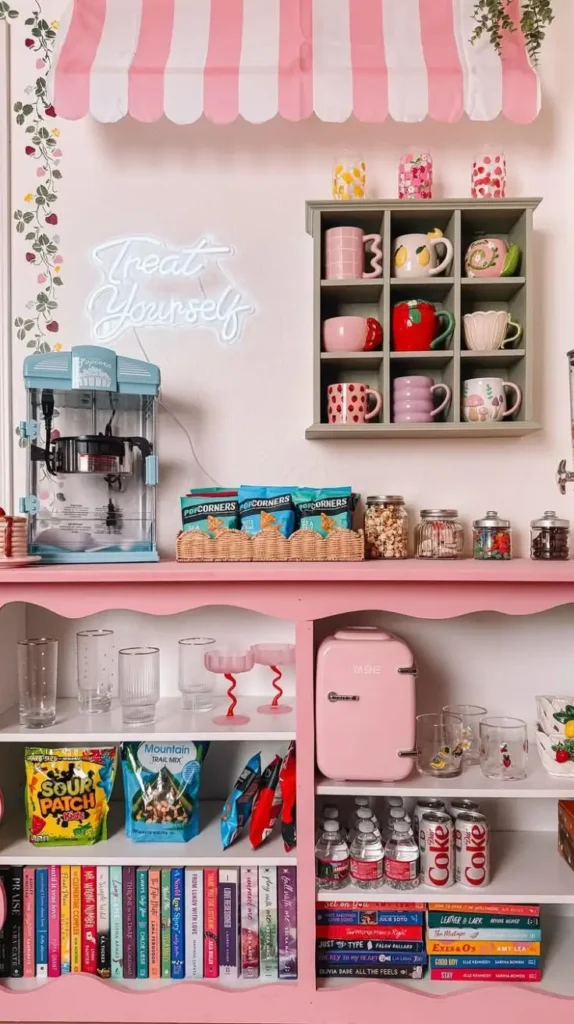
Clutter kills creativity. A smart hobby room design uses clever storage to keep supplies accessible yet tidy. Go vertical: floating shelves, pegboards, or wall mounted bins save floor space. For small items like beads or screws, clear jars or drawer dividers work wonders.
A model train enthusiast built custom shelves to display a collection while hiding tools in labeled bins. Tailor storage to the hobby a scrap booker might need flat drawers for paper, a musician might want guitar hooks. A clutter-free hobby room design feels spacious and inspiring.
5. Create a Cozy Vibe with Furniture
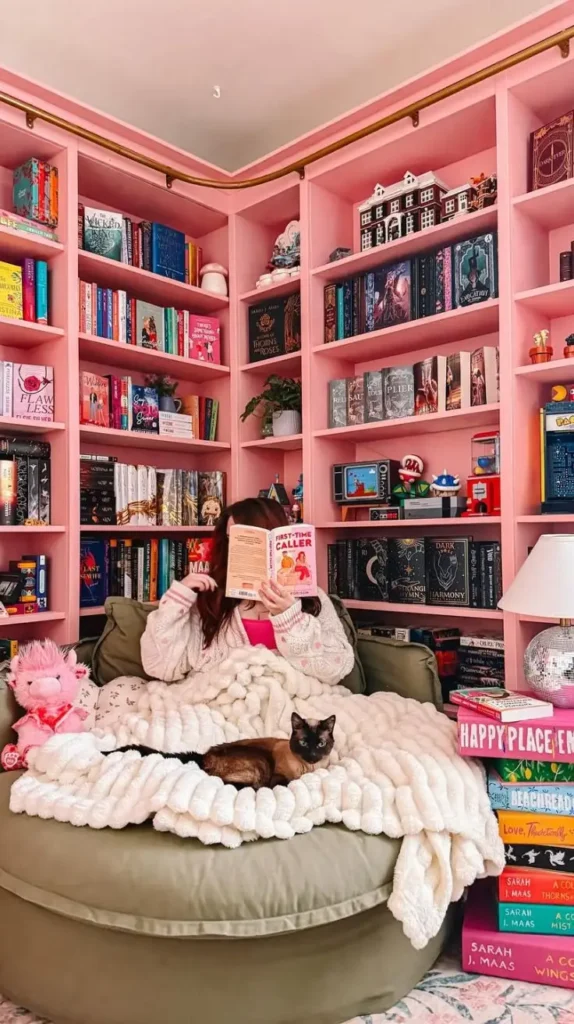
Comfort reigns in a hobby room design. A plush chair, soft rug, or bean bag makes long hobby sessions luxurious. Choose furniture that fits the space and style mid century modern for sleekness or boho chic for relaxation.
A sewing room with a vintage armchair in a corner is perfect for hand stitching or daydreaming. Add a small table for snacks or coffee to elevate the experience. The hobby room should feel like a retreat, not a workspace. Wondering how to personalize it? The next idea is transformative.
6. Personalize the Hobby Room Design
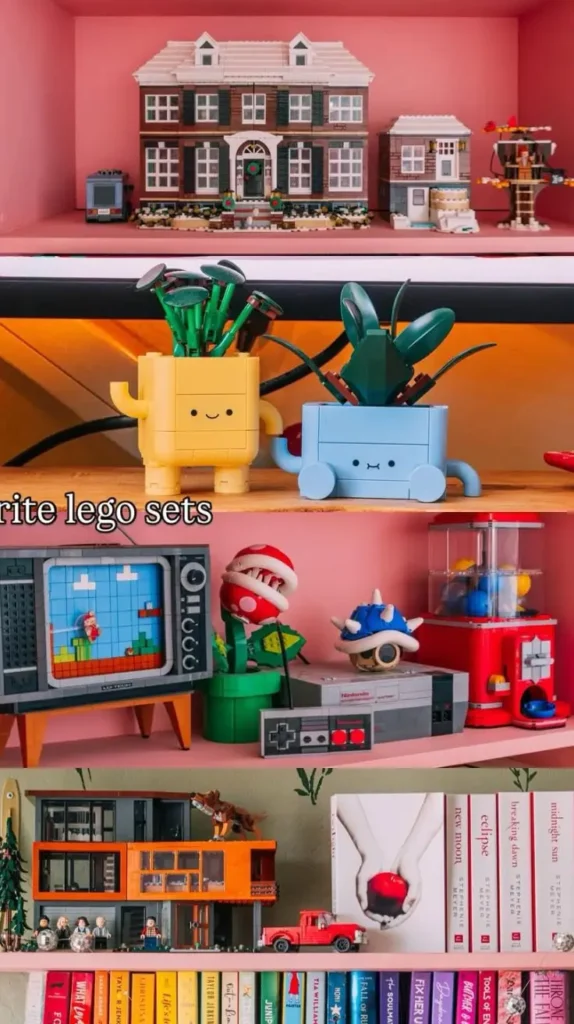
A hobby room should reflect its owner’s personality. Add touches like framed artwork, inspirational quotes, or photos of projects. A gallery wall showcasing creations motivates continued progress. For a music room, hang vintage records or sheet music.
A comic book artist’s hobby room, plastered with sketches and superhero posters, feels uniquely personal. Mix textures woven baskets, velvet cushions, or wooden accents for depth. A personalized hobby room design fuels passion.
7. Incorporate Tech for a Modern Hobby Room
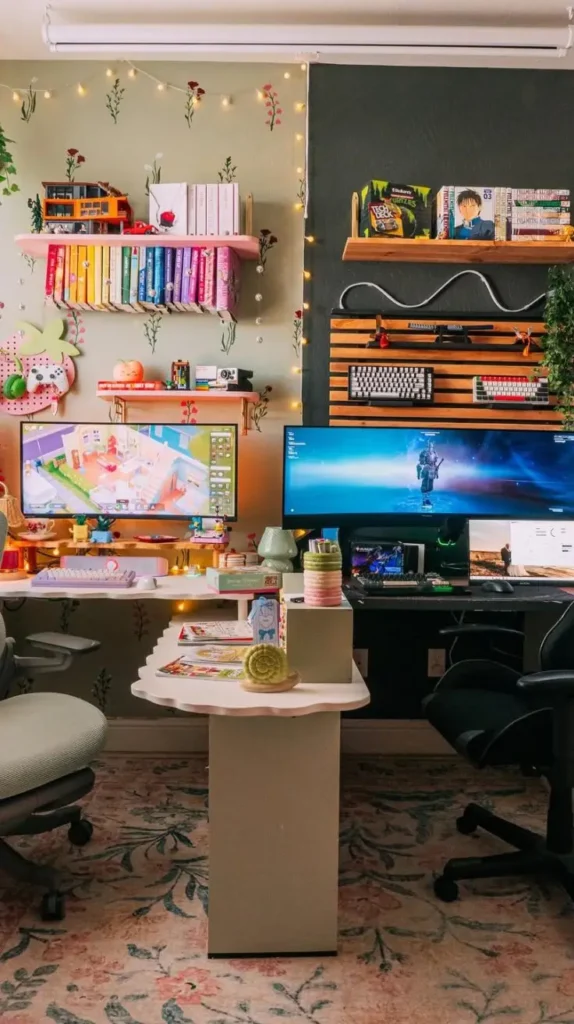
Even without tech expertise, a touch of technology enhances a hobby room design. A Bluetooth speaker for music, a tablet for tutorials, or smart plugs to control lighting add convenience. For gamers, RGB lighting or a multi-monitor setup creates immersion.
A knitting room with a smart speaker plays audiobooks while stitching. Simple tech upgrades modernize the hobby room without overwhelming.
8. Maximize Small Spaces in the Hobby Room Design

No spare room? No issue. A hobby room design thrives in a corner, closet, or garage. Foldable desks, wall-mounted tables, or rolling carts save space. Multi-purpose furniture like ottomans with storage or a Murphy bed suits dual-use rooms.
A tiny balcony became a painting nook with a collapsible easel and stackable bins. Small-space hobby room designs demand creativity and compromise. Think vertical and modular to make every inch count.
9. Go Eco Friendly with Sustainable Materials
A sustainable hobby room design benefits both the user and the planet. Use reclaimed wood for shelves, bamboo for flooring, or recycled fabric for curtains. Low-VOC paints keep air fresh, especially for hobbies like painting or resin work.
A woodworking room with secondhand furniture and LED bulbs is stylish, functional, and green. Choose durable, earth-friendly materials for a lasting hobby room design. Curious about multi-hobby setups? The next idea is versatile.
10. Design a Multi Hobby Room for Flexibility
Love multiple hobbies? A multi-hobby room design allows seamless switches between passions. Divide the space with rugs or curtains to create zones. A central table serves as a workbench for crafting, gaming, or puzzles.
A couple shares a hobby room she paints, he builds models using rolling carts to swap supplies. Flexibility is key in a multi-hobby room design. Labeled storage keeps each hobby organized. Want to make it inviting for others? The next tip is a crowd-pleaser.
11. Make the Hobby Room Guest Friendly
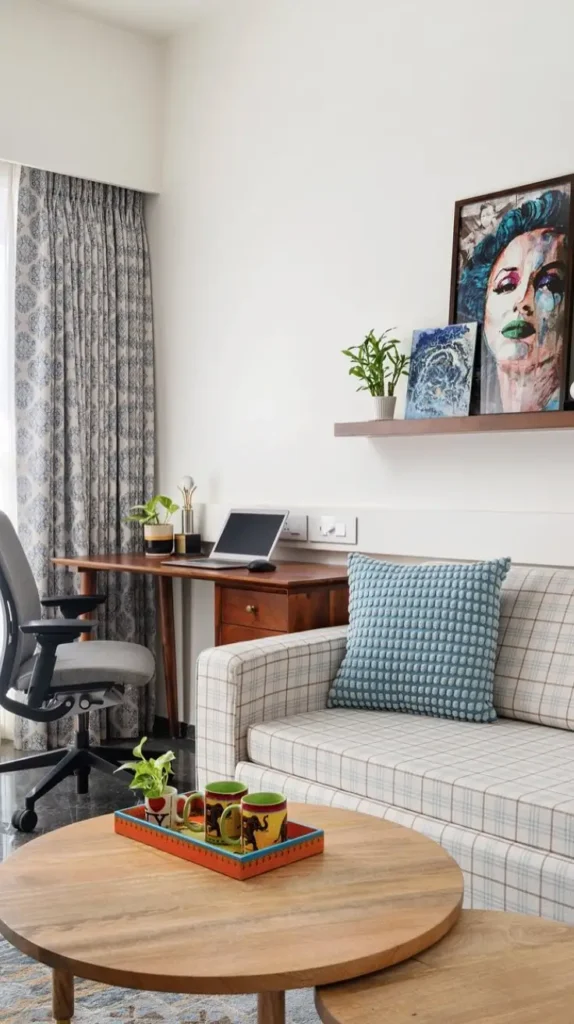
A hobby room design can double as a welcoming space for friends or family. Add extra seating, like foldable chairs or a sofa bed, for visitors. A display area for work sparks conversations. Keep shared supplies accessible but tidy.
A baking room with a cozy nook lets friends sip coffee while cakes are decorated. A guest-friendly hobby room design feels inclusive and fun. Ready for the final touch? This one ties it all together.
12. Refresh the Hobby Room Design Seasonally
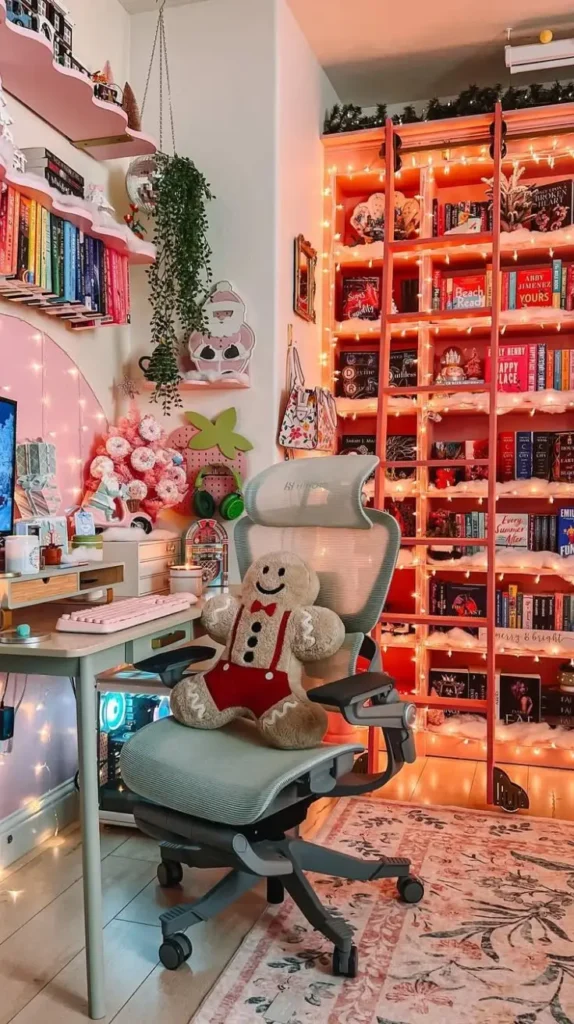
Keep the hobby room vibrant by refreshing it with the seasons. Swap throw pillows for autumn hues, add fairy lights for winter, or bring in plants for spring. Small changes keep the space exciting without breaking the bank.
A reading nook rotates decor cozy blankets in fall, bright cushions in summer. A seasonal hobby room design stays fresh and inspiring, giving passions a new stage to shine.
Final Thoughts: Start the Hobby Room Design Journey
Creating a hobby room goes beyond decorating it’s about building a space that fuels the soul. These 12 hobby room design ideas blend practicality, personality, and passion to craft the perfect retreat. Whether working with a spacious room or a tiny corner, every choice matters. Grab a notebook, sketch a vision, and start transforming. What will the hobby room look like? The possibilities are endless, and the dream space awaits.

